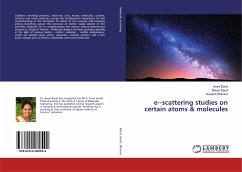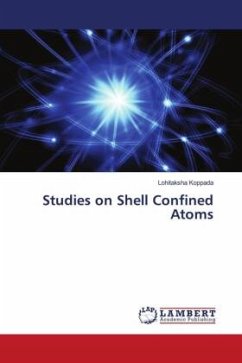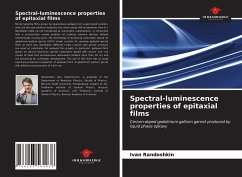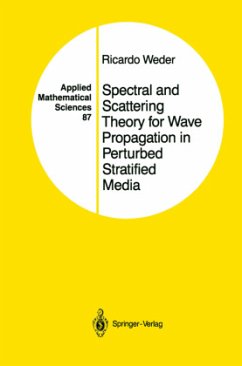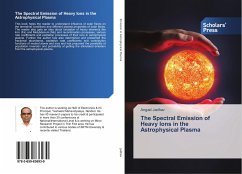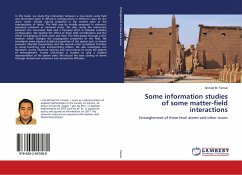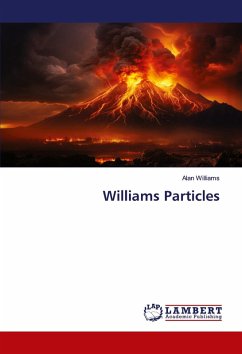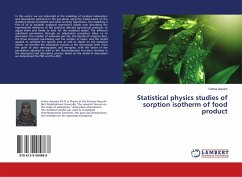
Spectral studies of Cr I and Cr II atoms
Observed and predicted spectrum of Cr I and Cr II atoms
Versandkostenfrei!
Versandfertig in 6-10 Tagen
39,99 €
inkl. MwSt.

PAYBACK Punkte
20 °P sammeln!
Chromium was discovered in 1780 by Nicolas Louis Vanquelin.Chromium was named from the Greek word chroma , meaning color because it forms a variety of colorful compounds. Chromium metal is an essential trace element, but hexavalent chromium (Cr(VI)) is very toxic and carcinogenic.Chromium is a silver, lustrous, very hard metal that can take a high mirror polish. It is also odorless, tasteless, and malleable. It does not tarnish in air, when heated it burns and forms the green chromic oxide. Chromium is unstable in oxygen.Its main uses are in alloys such as stainless steel, in chrome plating an...
Chromium was discovered in 1780 by Nicolas Louis Vanquelin.Chromium was named from the Greek word chroma , meaning color because it forms a variety of colorful compounds. Chromium metal is an essential trace element, but hexavalent chromium (Cr(VI)) is very toxic and carcinogenic.Chromium is a silver, lustrous, very hard metal that can take a high mirror polish. It is also odorless, tasteless, and malleable. It does not tarnish in air, when heated it burns and forms the green chromic oxide. Chromium is unstable in oxygen.Its main uses are in alloys such as stainless steel, in chrome plating and in metal ceramics. People can be exposed to chromium through breathing, eating or drinking and through skin contact with chromium or chromium compounds. The level of chromium in air and water is generally low. In drinking water the level of chromium is usually low as well, but contaminated well water may contain the dangerous chromium(IV); hexavalent chromium. Atomic number-24 Atomic mass-51.996 g.mol-1 Electronegativity-1.6 Density-7.19 g.cm-3 at 20°C Melting point-1907°C Boiling point-2672°C Vanderwaals radius-0.127 nm Ionic radius-0.061 nm (+3) ; 0.044 nm (+6) Isotopes-6




